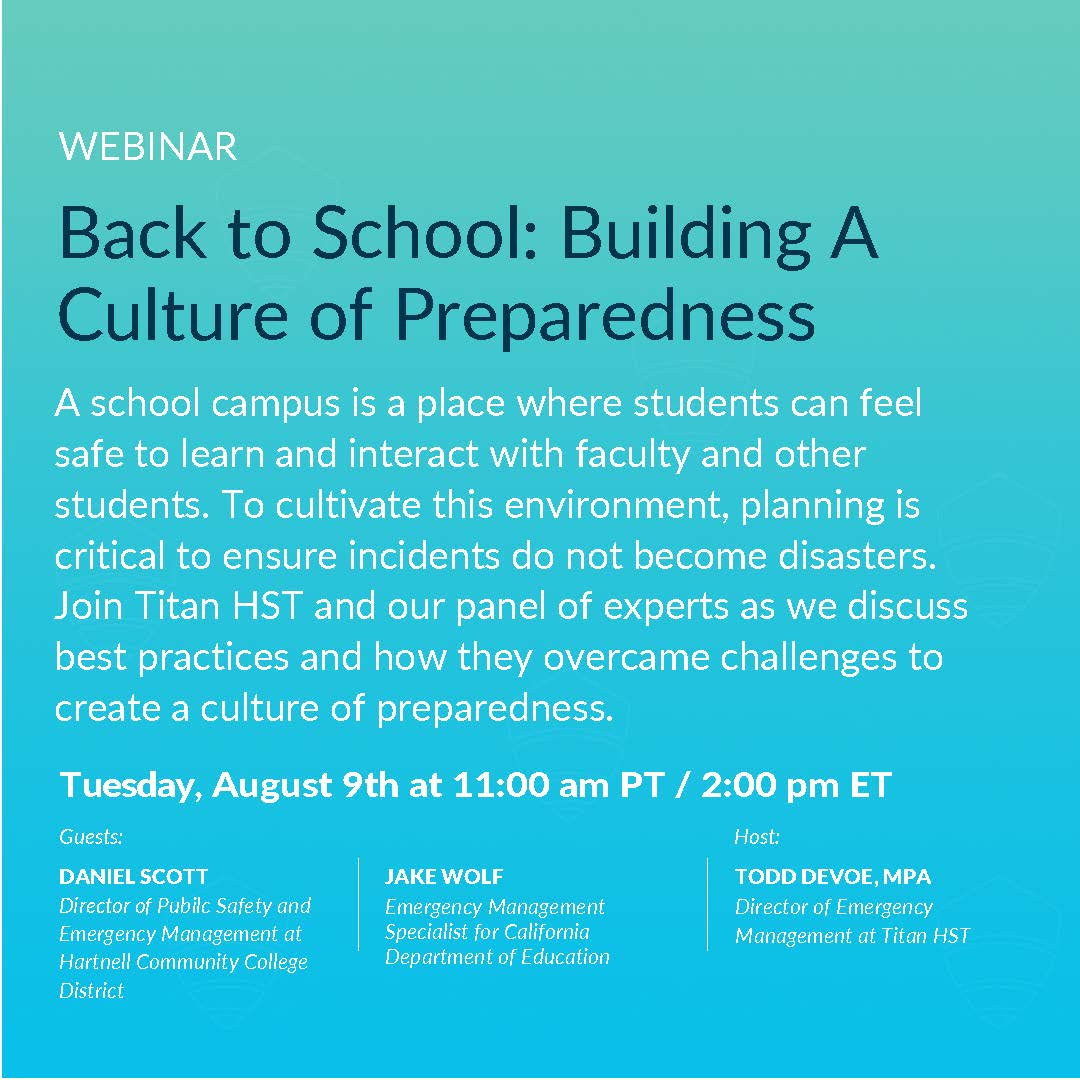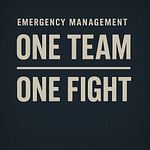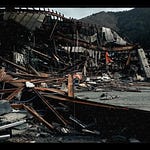FEMA Warns Emergency Alert System Has a Critical Flaw
This week, the Federal Emergency Management Agency (FEMA) warned participants in the emergency alert system (EAS) that vulnerabilities can be used to allow threat actors to issue alerts over TV, radio, and cable networks.
EAS allows the federal government, the president, or state-level officials to send out emergency warnings about potential weather issues or AMBER alerts for missing children. The alerts are typically sent over broadcast, cable, and satellite TV as well as radio channels and other outlets.
FEMA said the public warning system requires radio and TV broadcasters, cable TV, wireless cable systems, satellite and wireline operators “to provide the President with capability to address the American people within 10 minutes during a national emergency.”
FEMA did not specify the issues in the warning system but said they are found in EAS encoder/decoder devices that have not been updated to the most recent software versions…
Over the last few years, public attention has focused on the federal government's failures in disaster response and recovery. In many cases, the criticism is unwarranted. However, the Federal government has not made progress in resolving an underlying shortcoming in our Nation's preparedness: Developing a universal culture of readiness.
Brock Long stated that the United States is in a vicious cycle of communities being impacted by disasters and having to rebuild constantly. And it's almost as if we're not learning anything from what history, mother nature, has taught us.
The Culture of preparedness is founded on the shared understanding that future disasters will occur and that every individual is responsible for preparing for and responding appropriately to their abilities to disasters.
One of the classes I teach is called The Social Impact of Disasters. We discuss how humans react to disasters and the stress that is put on them, and the community where they live. I use Dr. Daniel Aldrich's books Black Wave and Building Resilience. Here Aldrich discusses how closer communities work together to rebuild after an event. In addition, he explores how the individual's social ties directly affect how they recover from and, in some cases, become stronger because of a disaster.
How do we create such a culture? Before COVID, most individuals have not experienced a significant emergency directly. They may have seen disaster footage on TV and had a friend or loved one impacted; however, they felt it was never going to happen to them.
Studies show that the presence of a tangible, generally accepted threat is the single most crucial ingredient for creating a culture of preparedness. As a child of the Cold War, the threat of a Nuclear war loomed over our heads. We were prepared for a bomb to drop. In the 1950s and 60s, people on the west coast put bomb shelters in their backyards; our popular Culture was full of references to the "bomb." After the fall of the Soviet Union, America lacks such a perception of risk.
One of the issues in the United States is that geographic and industrial diversity means that citizens in different regions are subject to various natural and man-made hazards. This diversity of threats makes it challenging to achieve the universal perception of risk that underlies a culture of preparedness. For most people, preparedness planning is unlikely to be a priority.
Recent events have also demonstrated that Americans lack the sense of individual responsibility required to create an authentic culture of preparedness.
People tend to perceive that preparedness and emergency response are purely governmental functions. They believe that fire and police are coming to the rescue in a time of need.
We cannot blame the individual's thought process because this idea of emergency services coming from the federal government in the time of need is reinforced by official preparedness and response procedures. Emergency preparedness generally does not include an active role for individual citizens. This omission has contributed to an ethic of passivity in the population that negatively impacts our ability to prepare for and cope with disasters.
The current view of preparedness as a governmental function must be abandoned; individuals must learn to take an active, rather than a passive, role in preparing for disasters. This sense of individual responsibility will fuel more significant government preparedness initiatives and facilitate effective operations during emergency incidents.
How do we change this view? It has to change from the ground up, not the top down. Local jurisdictions need to have a robust preparedness program. The New Zealand integrated civil defense emergency management approach can be described by the four areas of activity, known as the '4 Rs'; Reduction, readiness, response, and recovery.
They have developed operational systems and capabilities before a civil defense emergency happens, including self-help and response programs for the general public and specific programs for emergency services, lifeline utilities, and other agencies.
The Civil Defense model revolved around the idea that help was not coming, that communities would be on their own for some time. They encouraged community gardens and volunteer programs to augment the community safety programs.
We are close. CERT, VIPS, RACES, and other Citizen Corps programs are excellent; however, we are still looking at the top-down programs. We need to get bottom-up community programs that local governments recognize and support. And maybe, just maybe, funded by federal and state money.
















Share this post